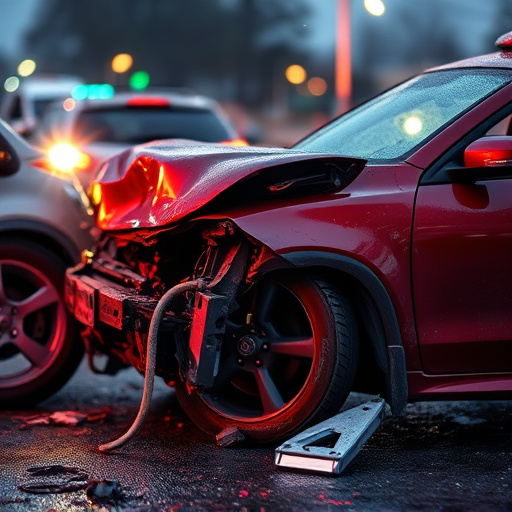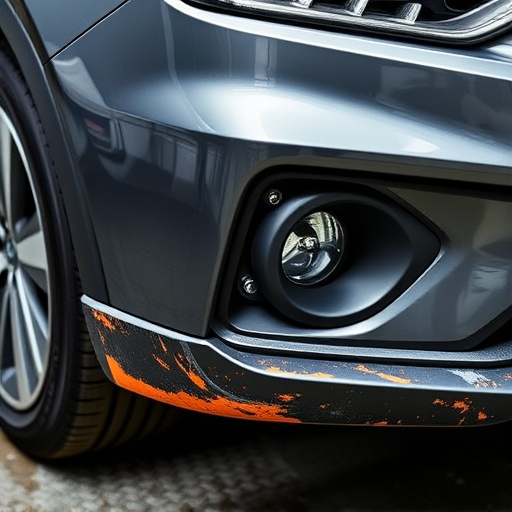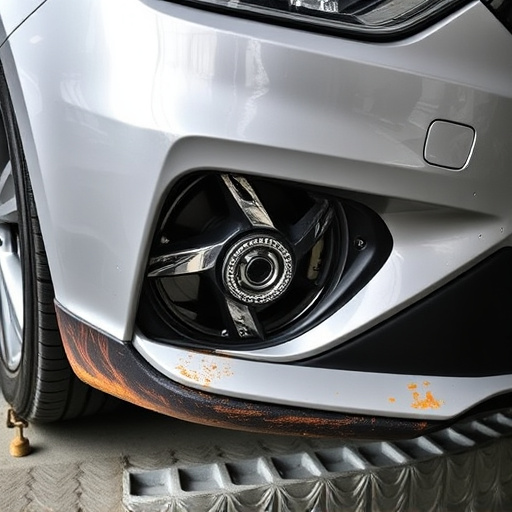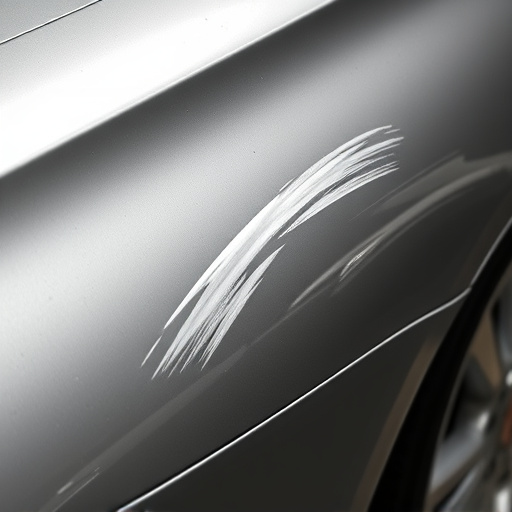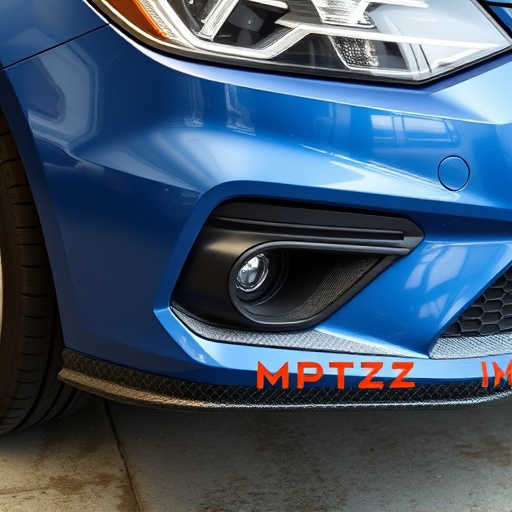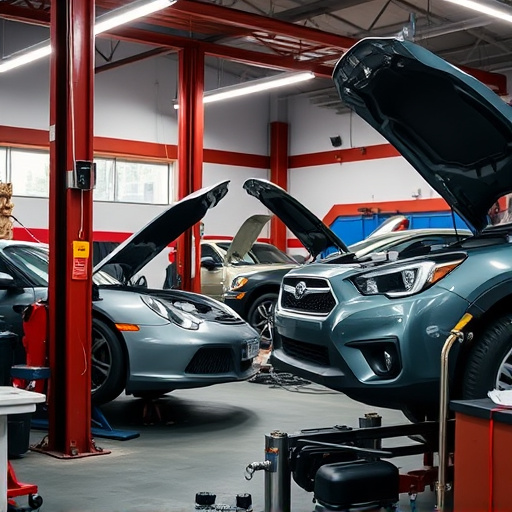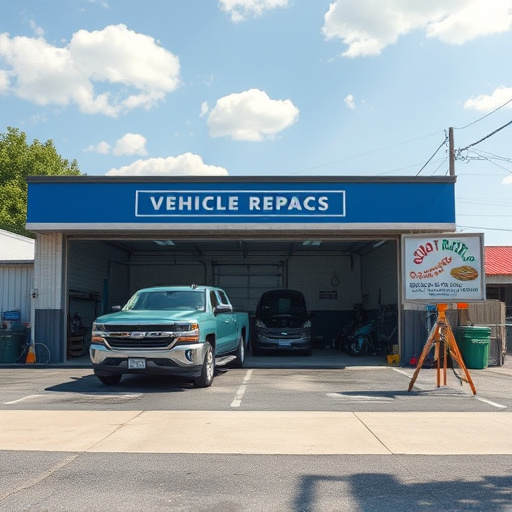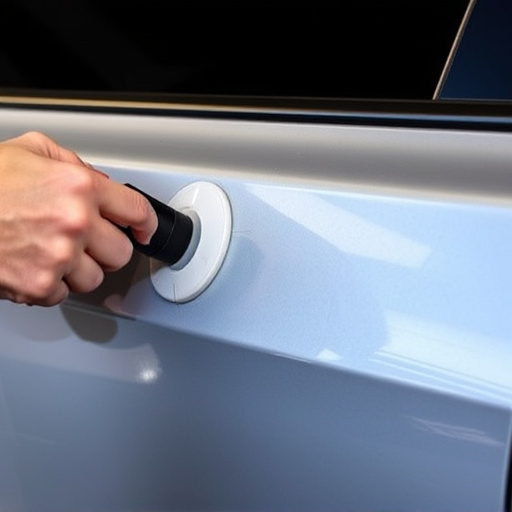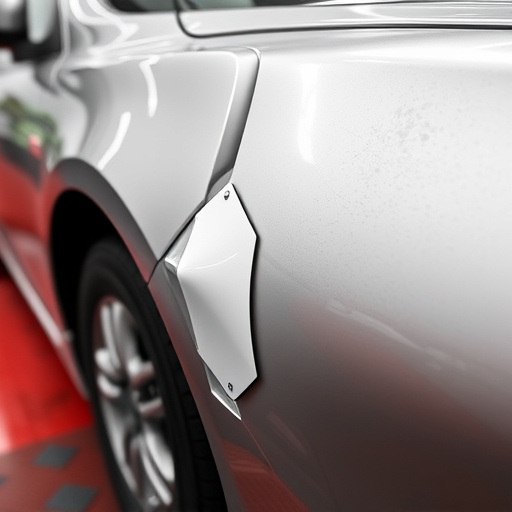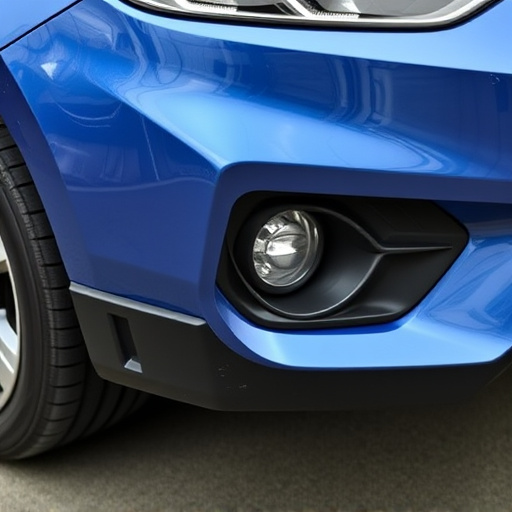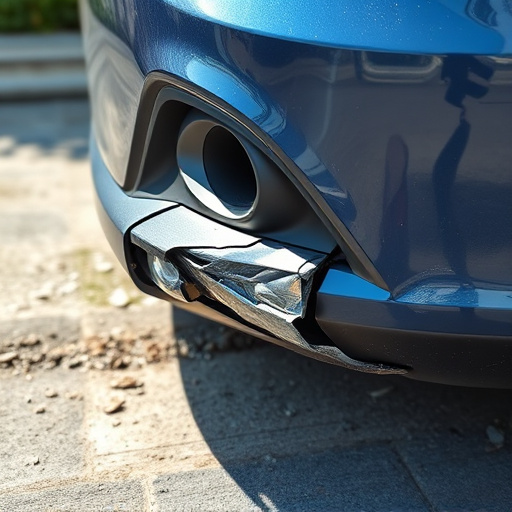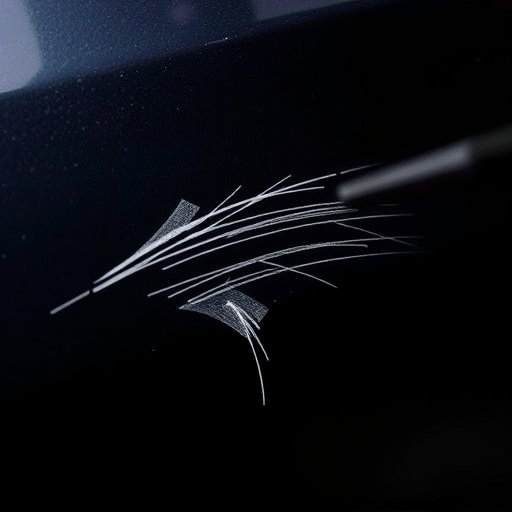Post-collision brake system inspections are crucial for road safety. Even minor accidents can impact critical components like pads, rotors, calipers and fluid levels. Qualified technicians conduct thorough assessments to identify issues, recommend repairs, and ensure optimal braking performance to prevent future problems and enhance safe driving.
Post-accident brake inspection is crucial for ensuring your safety on the road. After a collision, your vehicle’s brake system could be compromised, making thorough evaluation essential. This article guides drivers through understanding their brake system post-collision and offers essential checks to perform. Learn about maintaining safety by identifying potential issues and knowing what steps to take after a crash involving your brake system.
- Understanding Your Brake System After a Collision
- Essential Checks During Post-Accident Inspection
- Maintaining Safety: What to Expect and Do Next
Understanding Your Brake System After a Collision

After a collision, it’s crucial to understand that your brake system may have been affected. A post-accident brake inspection is an essential step in ensuring your safety on the road. The impact of a collision can cause damage beyond what’s immediately visible; components within your vehicle’s body repair, including the bumper repair and collision repair shop work, might have compromised the integrity of the brake system.
During this inspection, focus on key elements like brake pads, rotors, calipers, and fluid levels. Even subtle changes in these areas can signal a need for more intensive repairs. It’s important to note that while some issues may be readily apparent, others could be subtler, requiring the expertise of a qualified technician to accurately diagnose. They will assess whether components have been bent, worn down, or otherwise affected by the collision, and recommend necessary replacements or repairs.
Essential Checks During Post-Accident Inspection

After a collision, a thorough brake system inspection is crucial for ensuring safety on the road. Drivers should look out for visual signs of damage or wear, such as warped rotors, worn pads, or leaks in the hydraulic system. It’s essential to check each component individually—including calipers, wheel cylinders, and brake lines—for any abnormalities that could indicate compromise.
During this inspection, pay close attention to the brake fluid level and its condition. A collision can cause air to enter the system, leading to reduced braking effectiveness. Therefore, a complete bleeding of the brake lines might be necessary at a trusted collision repair center or auto repair services to restore optimal performance. Regular maintenance after an accident is vital to prevent further issues and guarantee the reliability of your vehicle’s braking system.
Maintaining Safety: What to Expect and Do Next
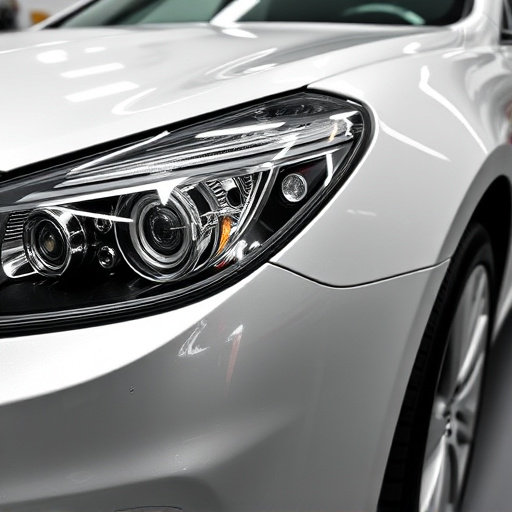
After a collision, maintaining safety is paramount. The initial shock and excitement must be set aside to focus on one’s well-being and ensure that everyone involved is secure. If possible, move your vehicle to a safe location off the road or a shoulder, activate your emergency lights, and notify emergency services immediately if needed. A thorough understanding of what to expect during a brake system inspection post-accident is crucial. This process involves a detailed evaluation of all components within the braking mechanism.
Professional mechanics will check for signs of wear, damage, or malfunction, as even minor collisions can impact the integrity of the brake system. They’ll inspect pads, rotors, calipers, and the fluid itself, ensuring everything functions optimally. During this inspection, be prepared to discuss any unusual noises, vibrations, or pulling sensations your vehicle may have exhibited before the collision. This information aids mechanics in pinpointing potential issues and facilitates prompt and efficient vehicle collision repair and autobody repairs. Remember, a proactive approach to post-accident maintenance can prevent future problems and ensure a safer driving experience.
A post-accident brake inspection is crucial for maintaining safety on the road. Understanding your brake system’s potential impact after a collision, conducting essential checks, and knowing what to expect next are vital steps in ensuring your vehicle’s reliability. Regular maintenance and a proactive approach can help prevent future issues, keeping you and other drivers safe. Always remember, a thorough brake system inspection is key to navigating the aftermath of an accident.
